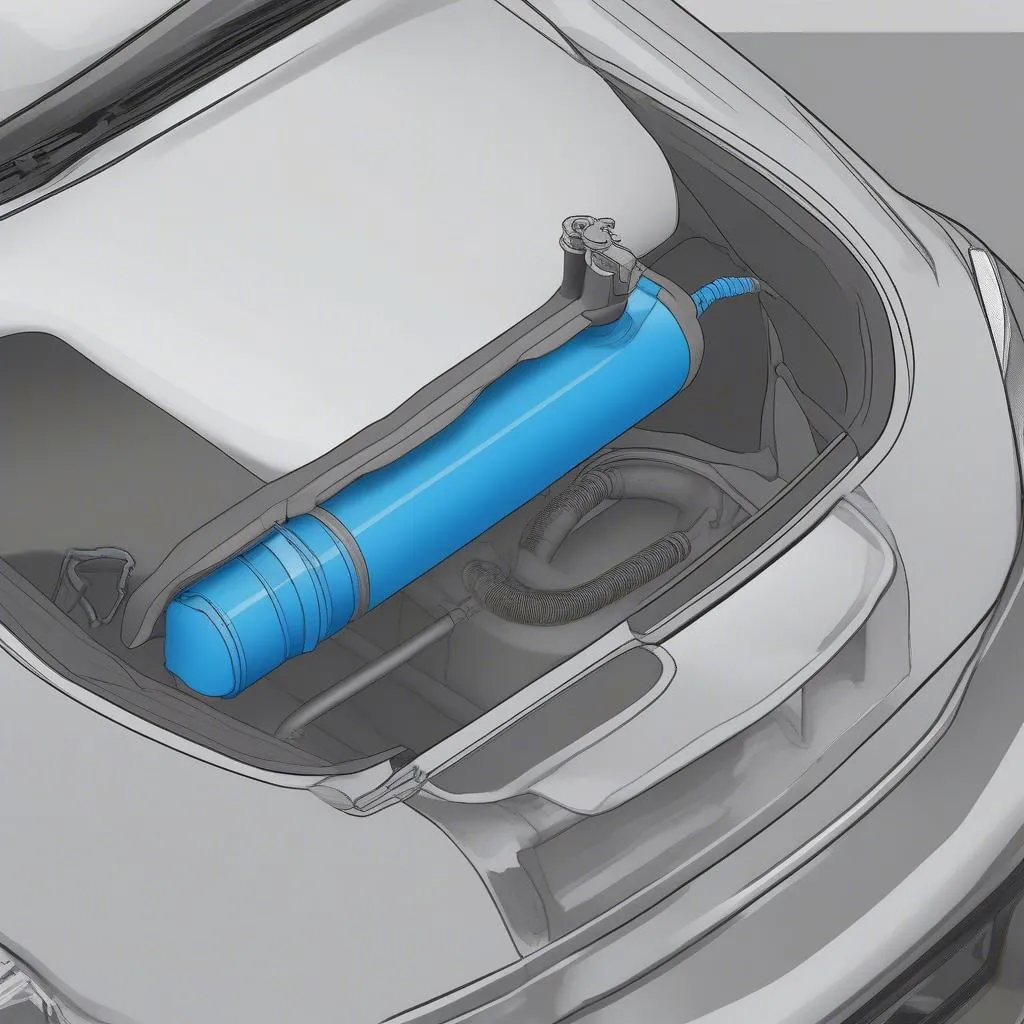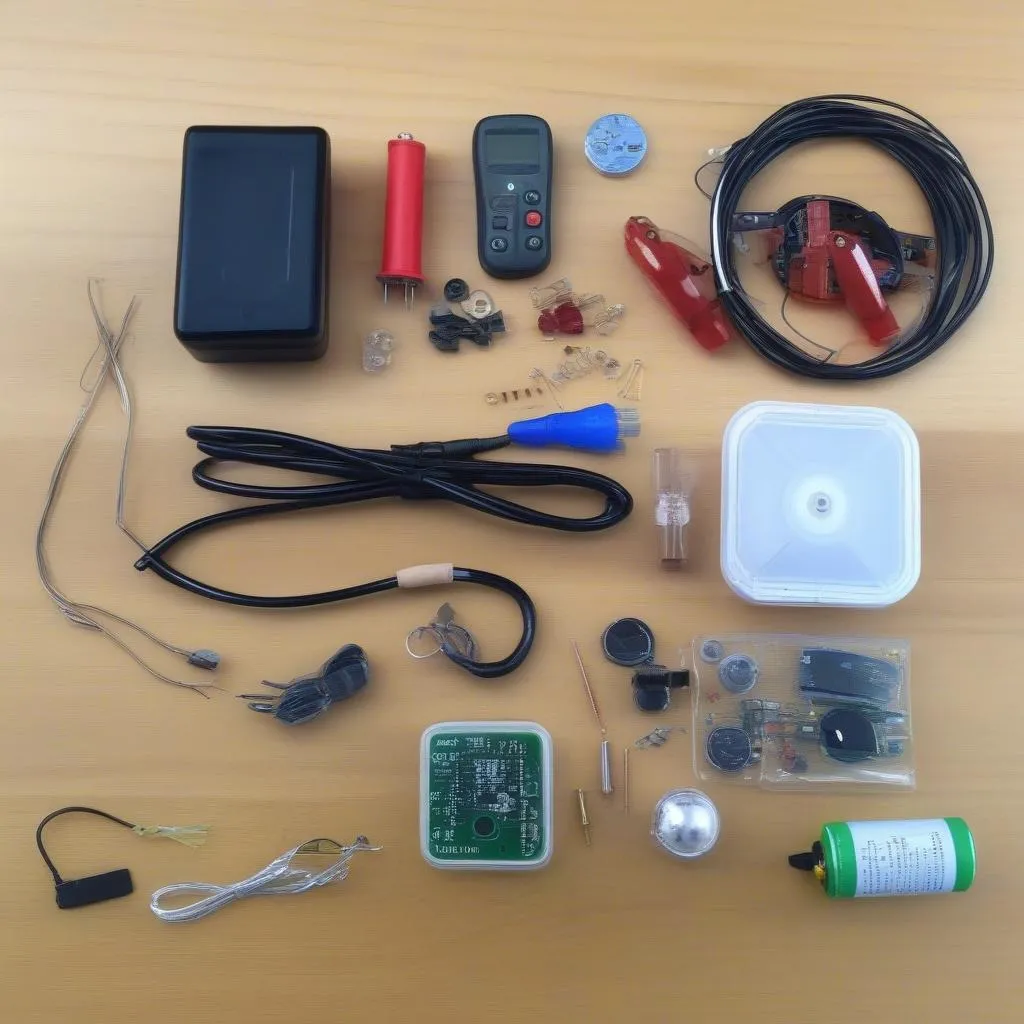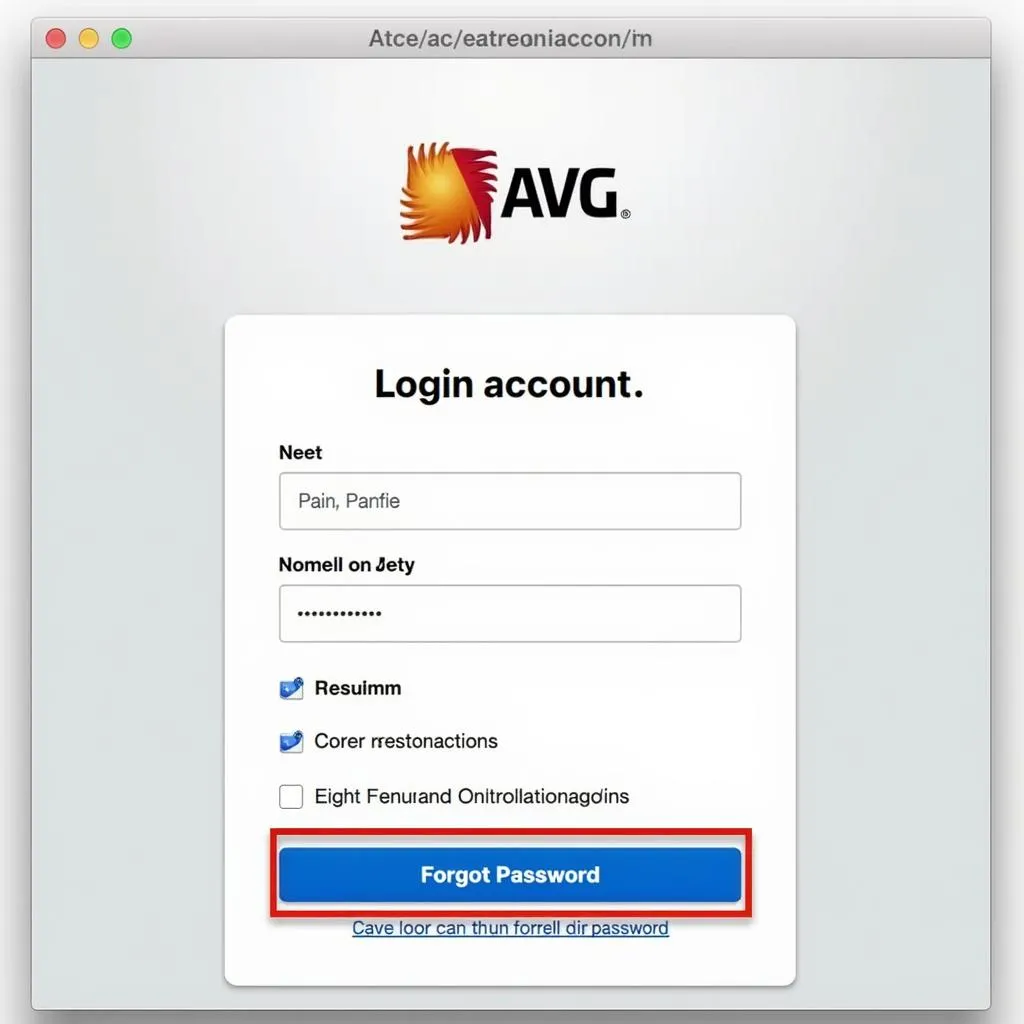Dealing with an AdBlue malfunction can be a real pain. That little warning light on your dashboard can feel like a major headache, potentially leading to reduced engine performance or even leaving you stranded. But don’t panic just yet!
This guide will walk you through understanding why AdBlue malfunctions occur, how to identify them, and most importantly, how to reset them. We’ll empower you with the knowledge to address this common issue, getting you back on the road quickly and confidently.
Understanding AdBlue and Its Importance
AdBlue, also known as Diesel Exhaust Fluid (DEF), is a non-toxic solution injected into your diesel vehicle’s exhaust system. Its primary function is to break down harmful nitrogen oxide (NOx) emissions into harmless nitrogen and water vapor, reducing your vehicle’s environmental impact and adhering to emissions standards.
 AdBlue system in a car
AdBlue system in a car
Common Causes of AdBlue Malfunctions
A range of factors can trigger an AdBlue malfunction. Here are some of the most frequent culprits:
- Incorrect AdBlue Fluid: Using AdBlue that doesn’t meet the required ISO 22241 standard can contaminate the system. Always ensure you’re using high-quality AdBlue fluid from a reputable source.
- System Crystallization: Over time, AdBlue crystals can form in the system, particularly in the injector, pump, or tank. This is more likely in colder climates or with infrequent use.
- Faulty Sensors: Like any sensor, the ones in your AdBlue system can malfunction, sending incorrect signals to the vehicle’s computer and triggering a warning light.
- System Leaks: A leak anywhere in the system, from the tank to the lines, will disrupt the proper functioning of AdBlue delivery.
 Crystallized AdBlue
Crystallized AdBlue
Recognizing an AdBlue Malfunction
While the dreaded dashboard warning light is the most obvious sign, other symptoms may include:
- Limited Engine Performance (Limp Mode): In some cases, to prevent further damage, your vehicle may enter “limp mode,” reducing engine power significantly.
- Increased Emissions: If the AdBlue system isn’t functioning correctly, your vehicle’s NOx emissions will rise.
- Frequent Regens: An increase in the frequency of Diesel Particulate Filter (DPF) regeneration cycles might point to an AdBlue issue.
Equipment for Troubleshooting and Resetting
Before attempting any reset, it’s crucial to determine the root cause of the malfunction. This is where having the right diagnostic tools can save you time, money, and frustration. A professional-grade OBD2 scanner, like those offered by Cardiagtech, can read and interpret your vehicle’s fault codes, pinpointing the source of the AdBlue issue.
Resetting Your AdBlue Malfunction: Step-by-Step Guide
Important: It’s highly recommended to consult your vehicle’s owner’s manual or seek professional help if you’re unsure about any step in the process. Incorrectly resetting the AdBlue system could lead to further complications.
If the malfunction is caused by a temporary glitch, a simple reset might resolve it:
- Check AdBlue Level: Ensure the AdBlue tank is adequately filled. If it’s empty or low, refill it with the correct fluid.
- Consult Your Manual: Refer to your owner’s manual for specific instructions on resetting the AdBlue warning light. This procedure may vary slightly between car manufacturers.
- Use an OBD2 Scanner: For more advanced users, an OBD2 scanner can be used to clear fault codes and reset the AdBlue system.
If the issue persists after the reset, it indicates a more serious underlying problem. In such situations, professional diagnosis and repair are strongly advised.
Frequently Asked Questions
Q: Can I drive with an AdBlue malfunction?
A: While you might be able to drive for a short distance, prolonged driving with an AdBlue malfunction is not recommended. It can lead to reduced engine performance, increased emissions, and potential damage to your vehicle’s exhaust system.
Q: How often should I refill my AdBlue tank?
A: AdBlue consumption varies depending on your driving style and vehicle model. As a general guideline, expect to refill the AdBlue tank every 5,000 to 10,000 miles. Always refer to your owner’s manual for specific recommendations.
Q: Can I refill the AdBlue tank myself?
A: Yes, you can typically refill the AdBlue tank yourself. AdBlue is available at most gas stations and auto parts stores. Be sure to use a funnel designed for AdBlue to avoid spills, as it can damage your vehicle’s paint.
Q: What if the AdBlue warning light comes back on after a reset?
A: If the warning light reappears, it indicates that the underlying issue hasn’t been resolved. In such cases, it’s essential to have your vehicle diagnosed and repaired by a qualified mechanic.
Need Expert Assistance?
Still facing AdBlue troubles? Don’t let car problems keep you off the road. Contact CARDIAGTECH today! Our team of expert technicians, backed by cutting-edge diagnostic tools, is here to help you resolve any automotive issue, ensuring a smooth and safe driving experience. We offer a wide range of services, from comprehensive diagnostics to software solutions, all designed to get you back on track. Visit our website or give us a call – we’re here to assist!


